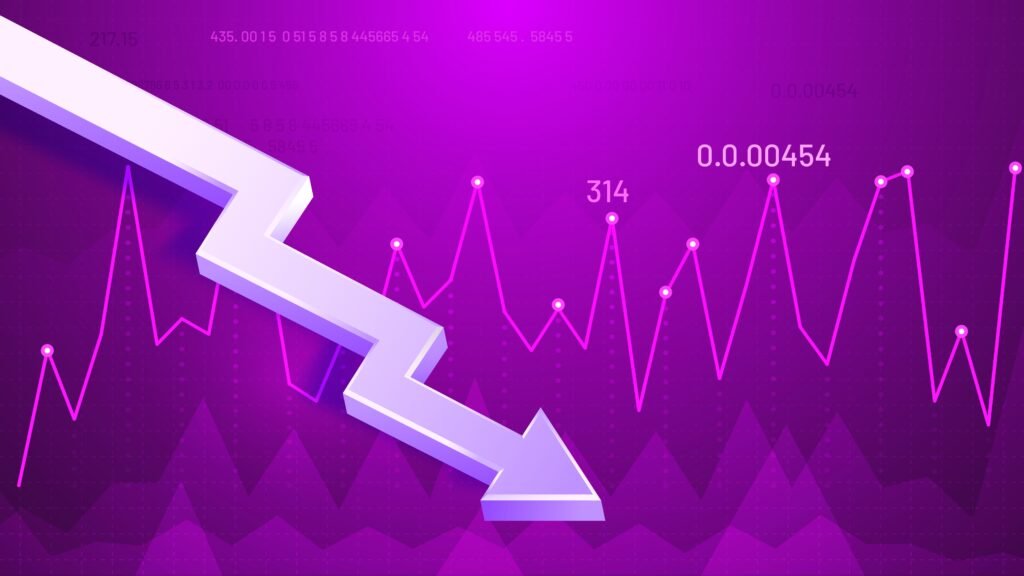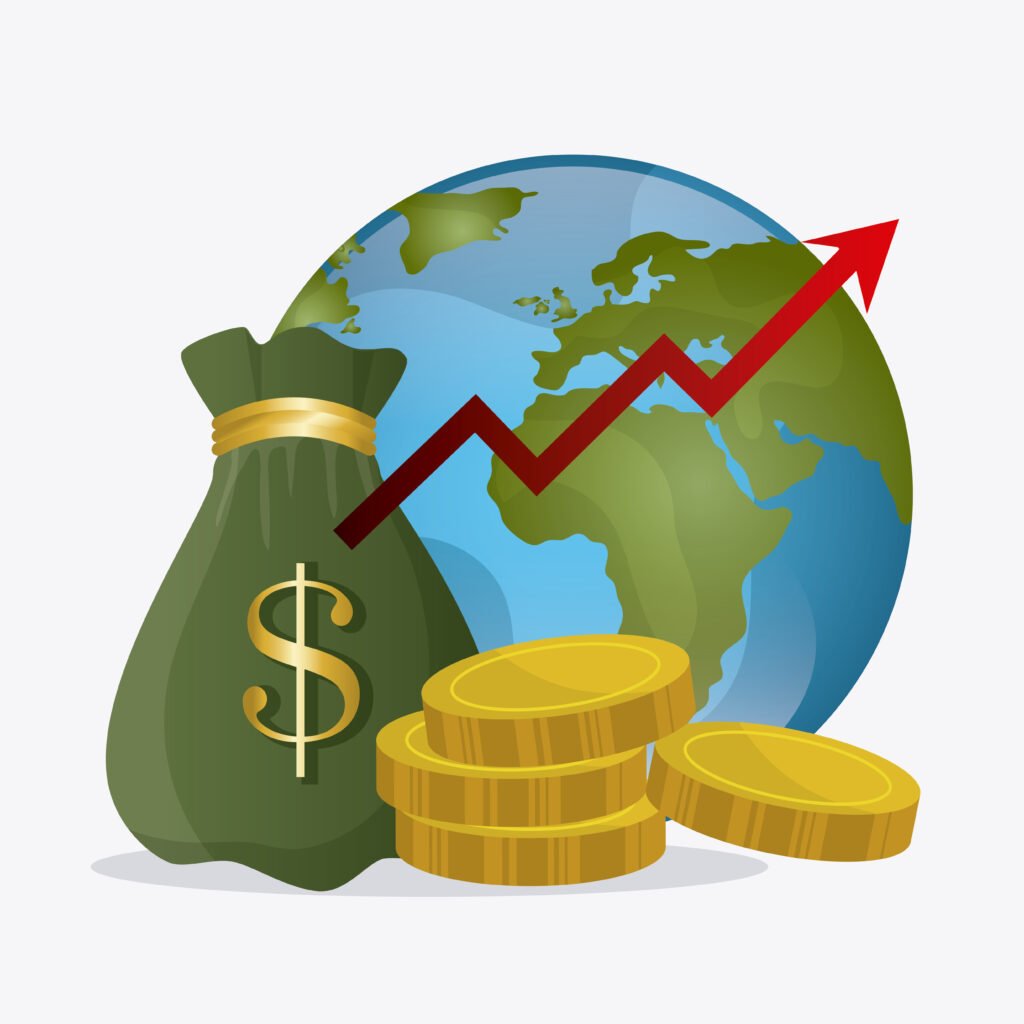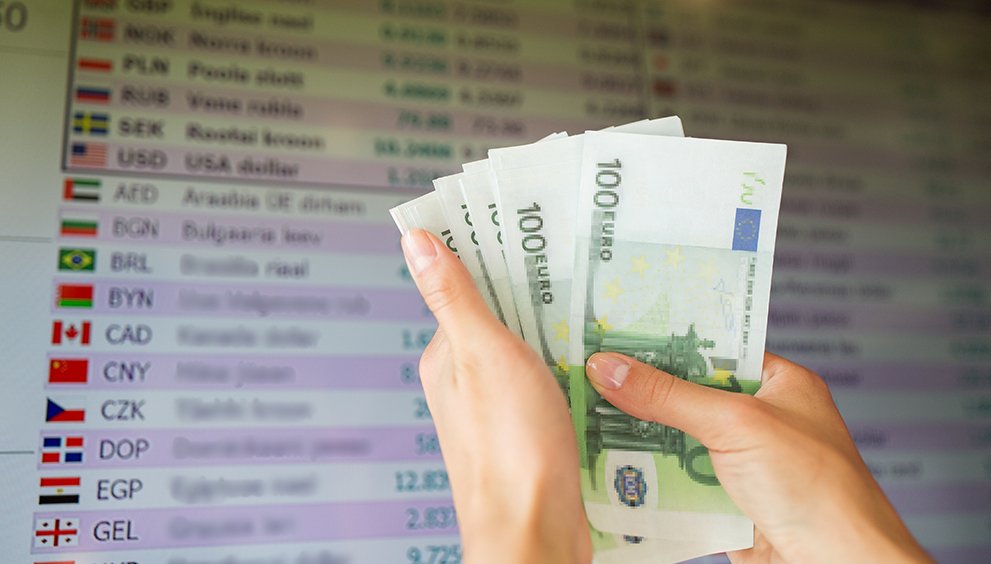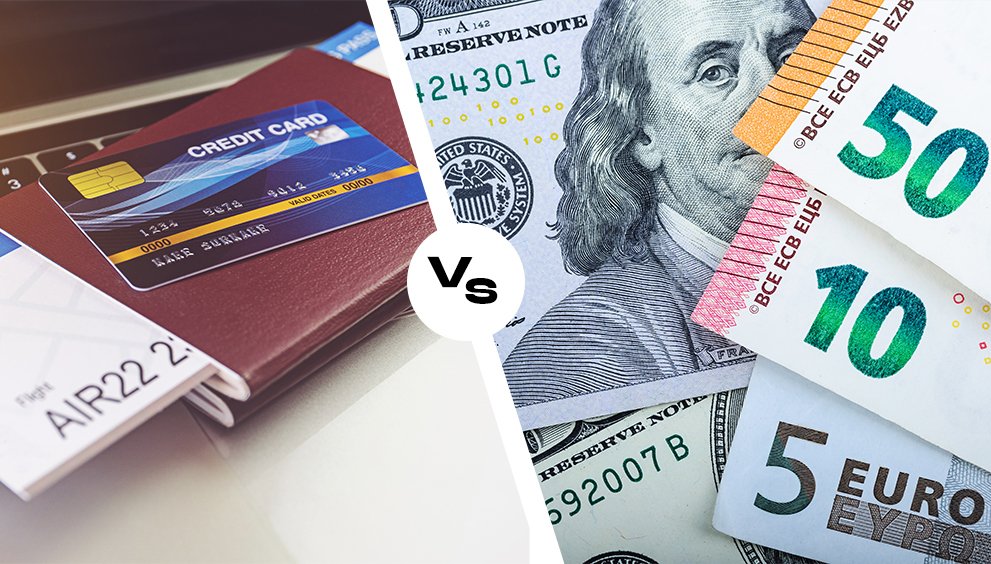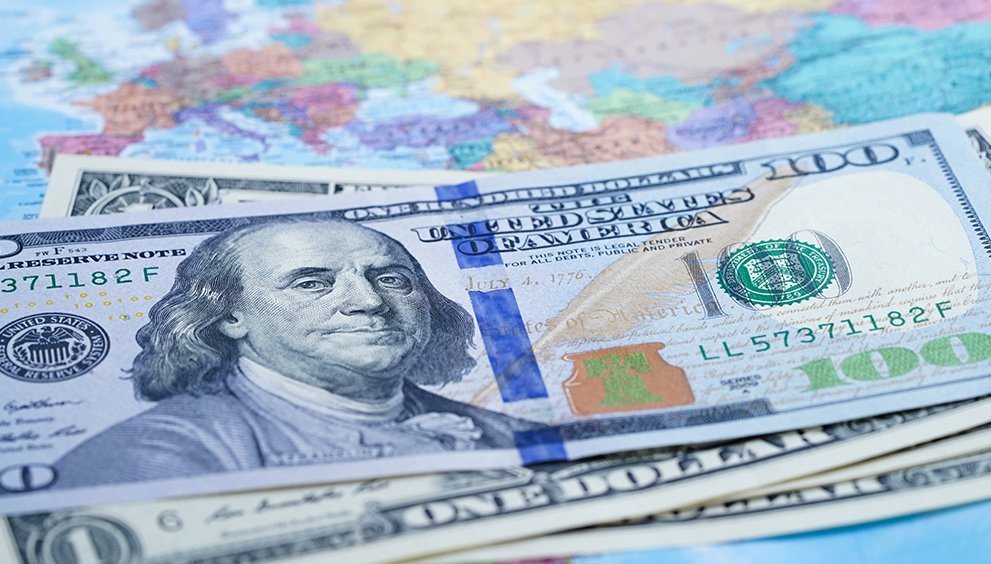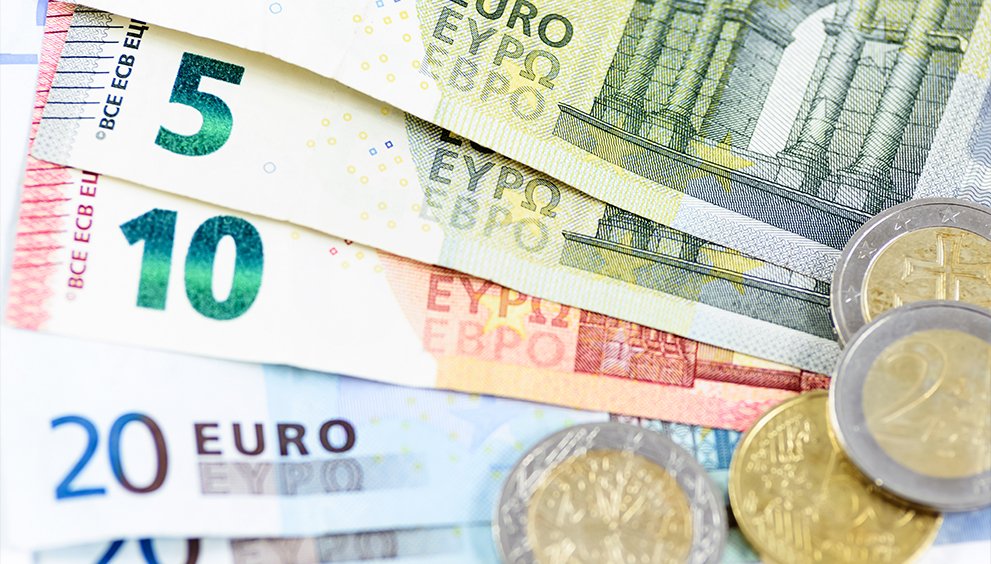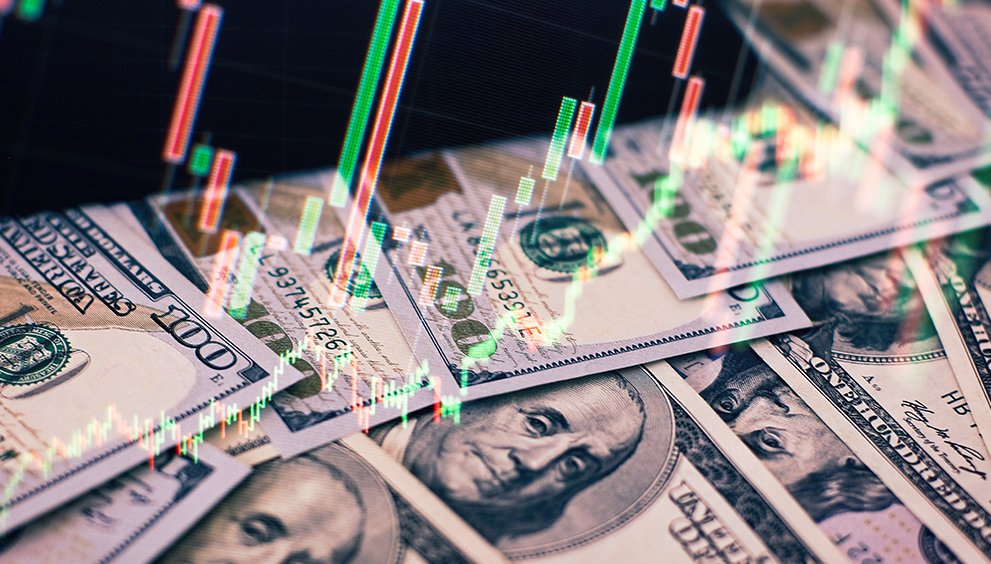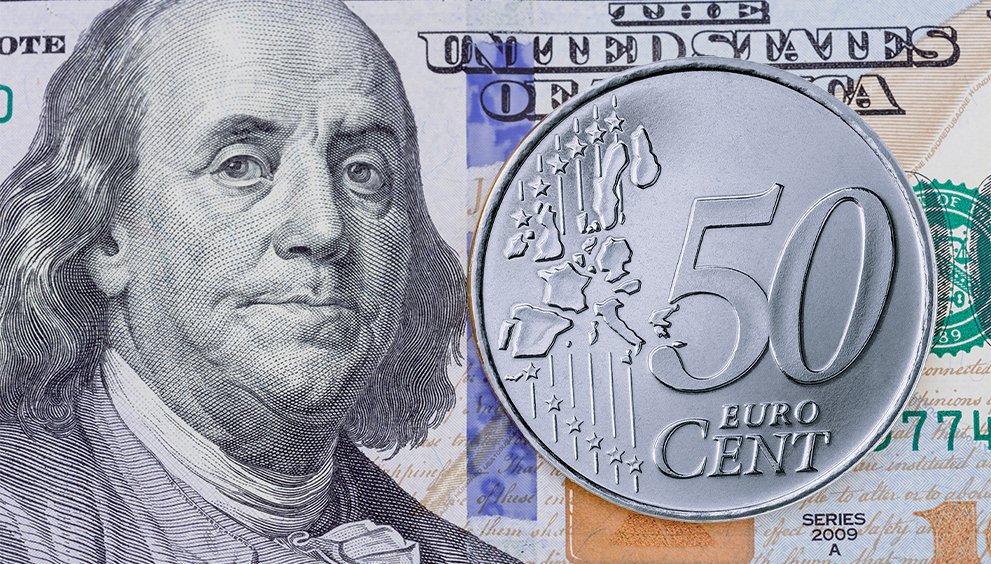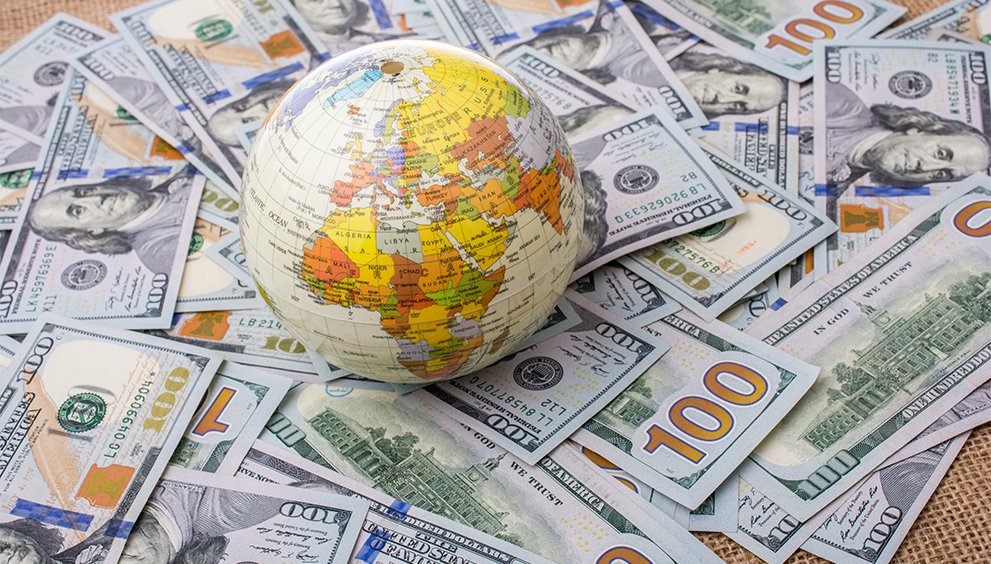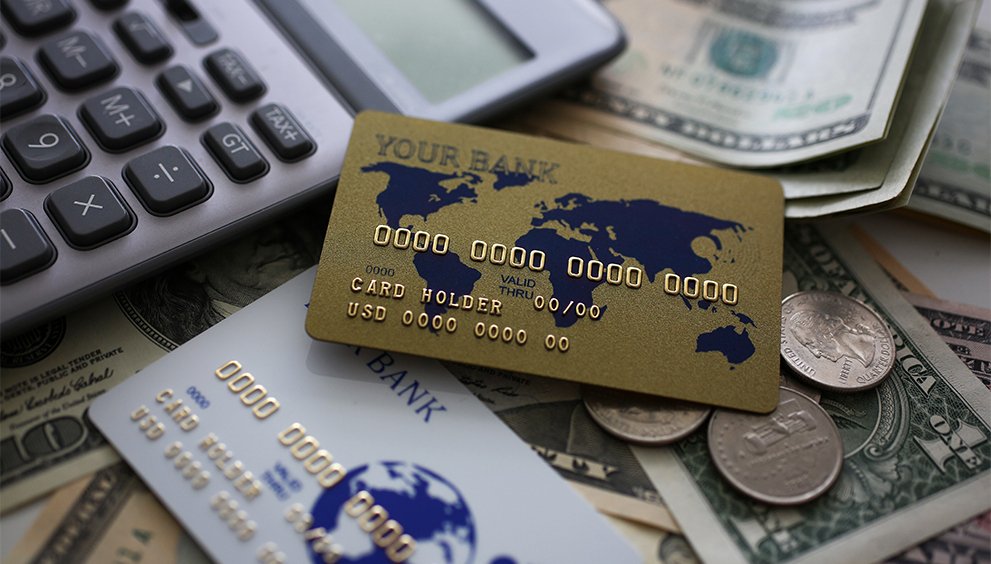GBP/JPY Wobbles Amid BoJ Rate Hike Prospect

GBP/JPY declined to near 189.61, as hawkish Bank of Japan (BoJ) expectations and Japan’s fourth-quarter (Q4) Gross Domestic Product (GDP) release undermined the yen. The Japanese economy experienced a growth of 0.6% quarter-on-quarter in Q4 2024, missing the preliminary estimate of 0.7%, as revealed by the final reading published by Japan’s Cabinet Office on Tuesday. Japan’s GDP expanded at an annual rate of 2.2% in Q4, compared to the initial estimate of 2.8%, below market consensus. Last week, BoJ Deputy Governor Shinichi Uchida stated that the central bank will likely raise interest rates, aligning with market expectations and contributing to the recent rise in Japan’s 10-year government bond yield, which has been highest since October 2008. Japan’s Economy Minister, Ryosei Akazawa, noted the need for exchange rates to reflect economic fundamentals, highlighting that monetary policy is the BoJ’s responsibility. Finance Minister Shunichi Kato warned that rising long-term interest rates could impact the economy significantly. Trade Minister Yoji Muto mentioned ongoing tariff discussions with the US without clarifying Japan’s steel tariff exemption. Starting Wednesday, US President Donald Trump’s 25% tariffs on global steel and aluminium imports will begin, with additional levies set for April 2.
On the economic front, Japan’s labour ministry reported a 3.1% increase in base pay in January, the largest rise since October 1992. However, nominal wage growth slowed to 2.8%, the lowest in three months, down from 4.4% in December. Real cash earnings fell by 1.8%, ending two months of gains due to persistent inflation. With expectations of substantial wage hikes, particularly in labour unions seeking 6.11% increases for full-time and 7.16% for part-time workers, the Bank of Japan is likely to raise interest rates further to combat demand-driven inflation.
On the other hand, the sterling underperforms against its major peers, following Catherine Mann, a member of the Bank of England’s (BoE) Monetary Policy Committee (MPC), reaffirming the necessity of a “gradual and cautious” approach to monetary policy easing. She also indicated that the basis for this gradualist approach is “no longer valid” due to “substantial volatility” stemming from financial markets, particularly due to “cross-border spillovers.”
In the upcoming sessions, the monthly GDP data of the United Kingdom (UK), market speculation around the BoE’s monetary policy outlook, and the Japanese Producer Price Index (PPI) data will significantly influence the GBP/JPY exchange rate.

USD/CHF Sinks Amid Tariff Worries
USD/CHF tumbled near 0.8797, as market sentiment about a probable US economic slowdown and ongoing policy uncertainty regarding the Trump administration’s trade policy added selling pressure on the US Dollar (USD). February’s Nonfarm Payrolls rose by 151,000, missing the 160,000 target. January’s job growth fell to 125,000 from 143,000. The unemployment rate increased to 4.1%. Average hourly earnings rose 4% year-on-year, below the 4.1% expectation, while month-on-month growth was 0.3%. US Commerce Secretary Howard Lutnick stated that 25% tariffs on steel and aluminium imports will not likely be delayed. These tariffs, introduced by President Trump in February, impact imports from Canada and Mexico, including finished metal products.
Escalating trade tensions between the US and China continue to strengthen the safe-haven demand for the Swiss Franc (CHF). In response to US President Donald Trump’s recent tariff increase on Chinese imports, Beijing implemented new tariffs ranging from 10% to 15% on selected US agricultural products, effective Monday. Adding to the escalating trade tensions, China has also imposed a 100% tariff on Canadian agricultural goods, retaliating against Canada’s tariffs from October. This move further exacerbates the broader trade conflict influenced by Trump’s tariff policies.
On the data front, Switzerland’s inflation rate dropped to 0.3% in February, the lowest level since April 2021, compared to 0.4% in January. At the same time, the Swiss economy expanded by 0.2% in Q4 2024, down from 0.4% in Q3, reflecting its slowest growth since Q2 2023. The SECO Consumer Climate Index dropped to -34 in March 2025, worse than the anticipated -28, marking a significant decline from -21. The seasonally adjusted unemployment rate remained at 2.7% in February 2025, aligning with expectations and the previous month’s figure. Recent inflation figures have sparked speculation about additional rate cuts by the Swiss National Bank (SNB), with markets anticipating one in March and possibly another in June, which could fluctuate the currency.
As Swiss data remains scarce in the upcoming sessions, the US economic docket – featuring the JOLTs Job Openings data, inflation figures, and key influential FOMC members’ statements – will significantly influence market sentiment around the USD/CHF pair.

EUR/USD Rallies on EU Defence Spending Plan
EUR/USD edged higher to around 1.0912, as the euro demonstrated its strongest weekly performance in 16 years, following the announcement of an ambitious €800 billion European defence investment plan, which bolstered recent optimism regarding the eurozone. The European Union (EU) is exploring options to boost defence spending via joint borrowing, utilising EU funds, and enhancing the European Investment Bank’s (EIB) role, with key decisions expected by June. Germany’s Green Party is open to negotiations and aims to finalise an agreement on defence spending with the incoming ruling coalition, led by Chancellor-designate Friedrich Merz, by the end of the week. Previously, German leaders agreed to ease the borrowing limitation known as the “debt brake” and establish a €500 billion infrastructure fund to bolster defence outlays and stimulate economic growth. Concurrently, Italy intends to launch a European guarantee scheme to unlock as much as €200 billion ($216.48 billion) for investments in the defence and aerospace industries.
On the economic front, industrial output rose by 2% month-on-month, higher than the anticipated 1.5% increase, following a revised decline of 1.5% in December. German industrial production fell by 1.6% year-on-year in January, compared to a revision of -2.2% for December. Eurozone retail sales unexpectedly fell 0.3% in January after being flat in December. Economists had predicted a 0.1% increase. Consumer spending rose by 1.5% year-on-year, below the estimated 1.9% and prior 2.2%. The Sentix Eurozone investor confidence index rose significantly to -2.9 in March, up from -12.7 the preceding month. This improvement surpassed consensus forecasts of -9.1 and represents the strongest reading since June 2024. Recent economic indicators and large-scale economic stimulus have provoked expectations of two additional interest rate cuts by the European Central Bank (ECB) this year.
On the other hand, rising concerns about Trump’s clumsy tariff threats, which could push the US economy into recession, weigh on the greenback. Recent weaker-than-expected US job data for February has bolstered expectations of several Federal Reserve (Fed) rate cuts this year. The latest Nonfarm Payrolls (NFP) report indicated job growth of 151,000 in February, falling short of the forecasted 160,000. Moreover, January’s job figures were revised downward to 125,000 from the previous 143,000, raising concerns regarding weakening employment trends. JOLTS Job Openings are projected to increase modestly to 7.75 million in January, up from 7.6 million.
In upcoming sessions, ECB President Lagarde’s speech and JOLTS Job Openings data will be key factors in determining the EUR/USD exchange rate.
AUD/USD Struggles Amid US Recession Fears
AUD/USD wobbled near 0.6290 as the risk-averse market mood undermined the Australian dollar (AUD). The Westpac–Melbourne Institute Consumer Sentiment Index recorded a robust 4% increase in March, rising to 95.9 from 92.2 in February. Despite the recent Reserve Bank of Australia (RBA) Meeting Minutes indicating a cautious monetary stance, the RBA’s interest rate cut in February and eased cost-of-living pressures, supported the Aussie. On the global front, risk sentiment soured as investors reassessed developments in international trade. China’s retaliatory tariffs on certain US agricultural products took effect on Monday in response to last week’s increase in US tariffs from 10% to 20% on Chinese imports, considering China’s role as Australia’s largest trading partner. China’s Consumer Price Index (CPI) fell by 0.7% YoY in February, exceeding expectations of a 0.5% decline and marking the first instance of deflation since January 2024. Monthly CPI inflation stood at -0.2%, down from January’s 0.7%. China’s Producer Price Index (PPI) dropped by 2.2% YoY, slightly surpassing the expected 2.1% decline, representing the slowest fall since August 2024.
On the other hand, weaker-than-expected US job data for February and concerns that tariff policy uncertainty could push the US economy into recession have weighed on the greenback. US President Donald Trump’s comment that the economy is in a “transition period” signalled a potential slowdown, steering the market sentiment. On Friday, San Francisco Fed President Mary Daly emphasised the uncertainty businesses face. She stated that since the economy and interest rates are in a “good place,” the Fed should avoid hasty decisions. Similarly, Fed Chairman Jerome Powell noted that the US central bank could wait to see the impacts of President Trump’s policy moves before altering interest rates.
Upcoming February’s Consumer Price Index (CPI) and significant global trade tension developments will influence the AUD/USD’s movements.

Want to learn more about why the US dollar dominates the currency exchange markets? Tap here!


 English
English 







